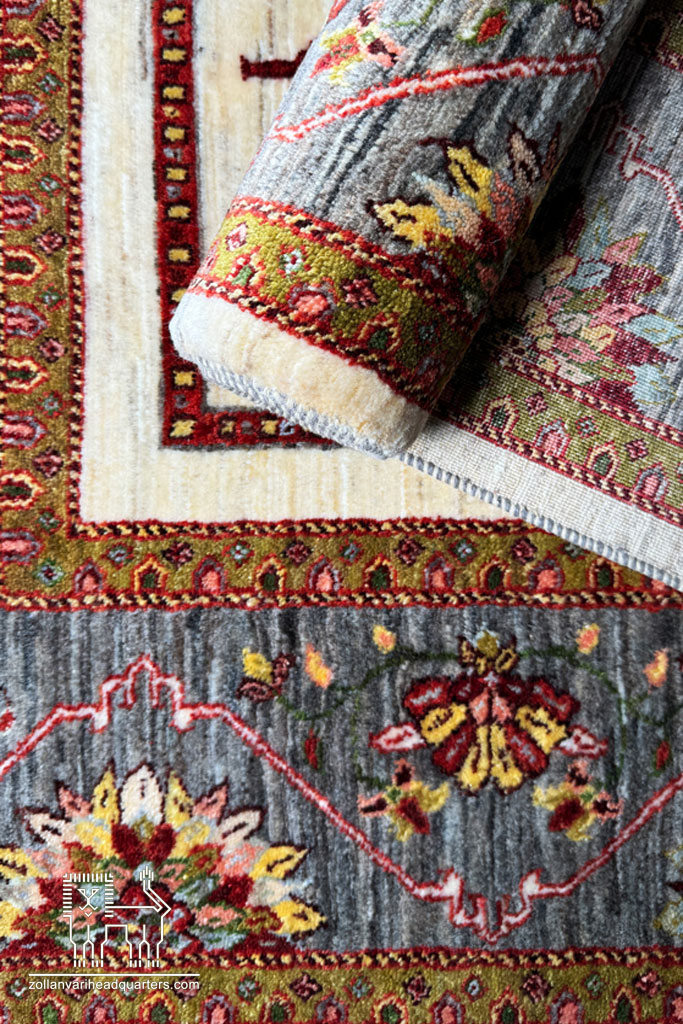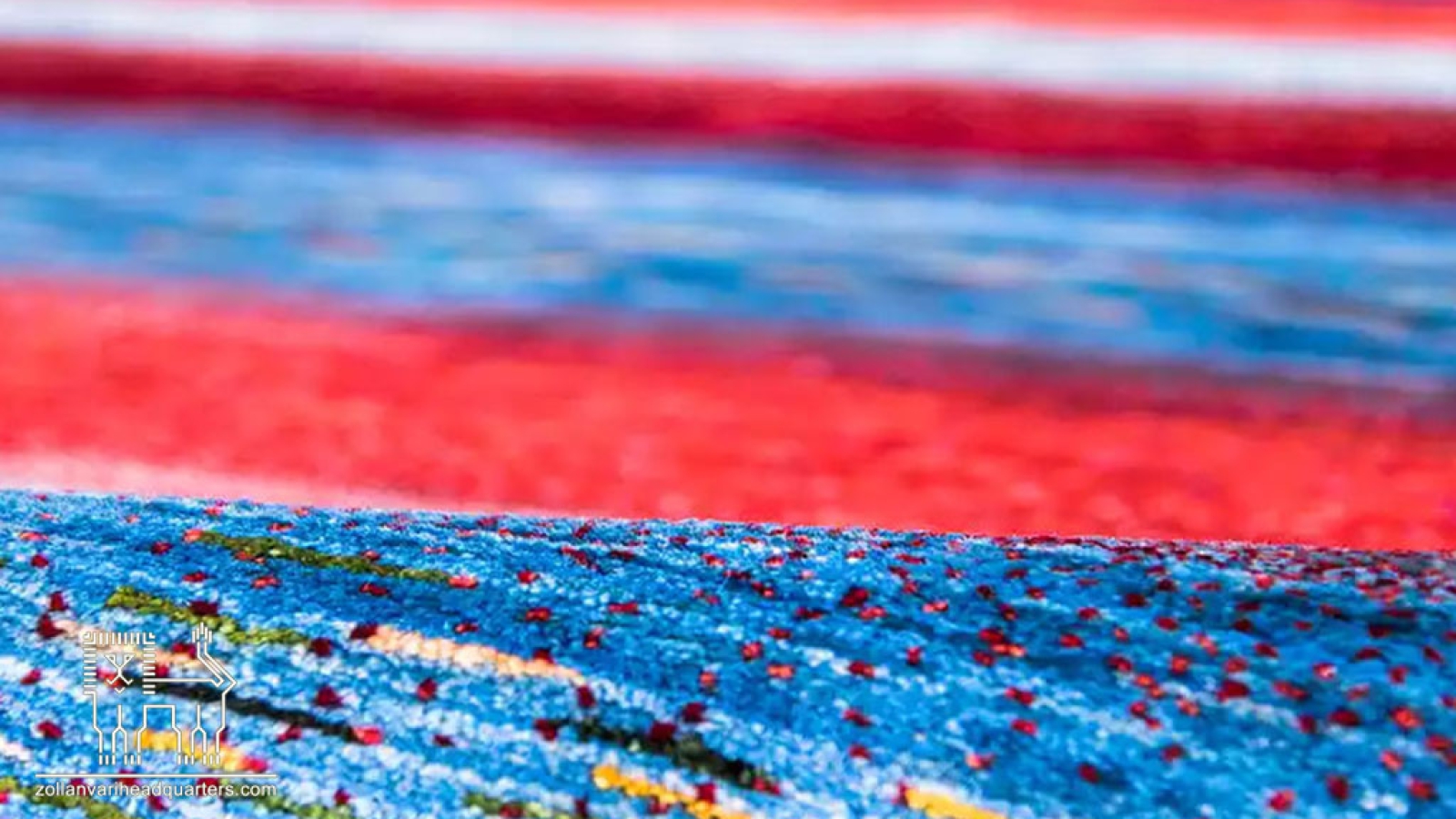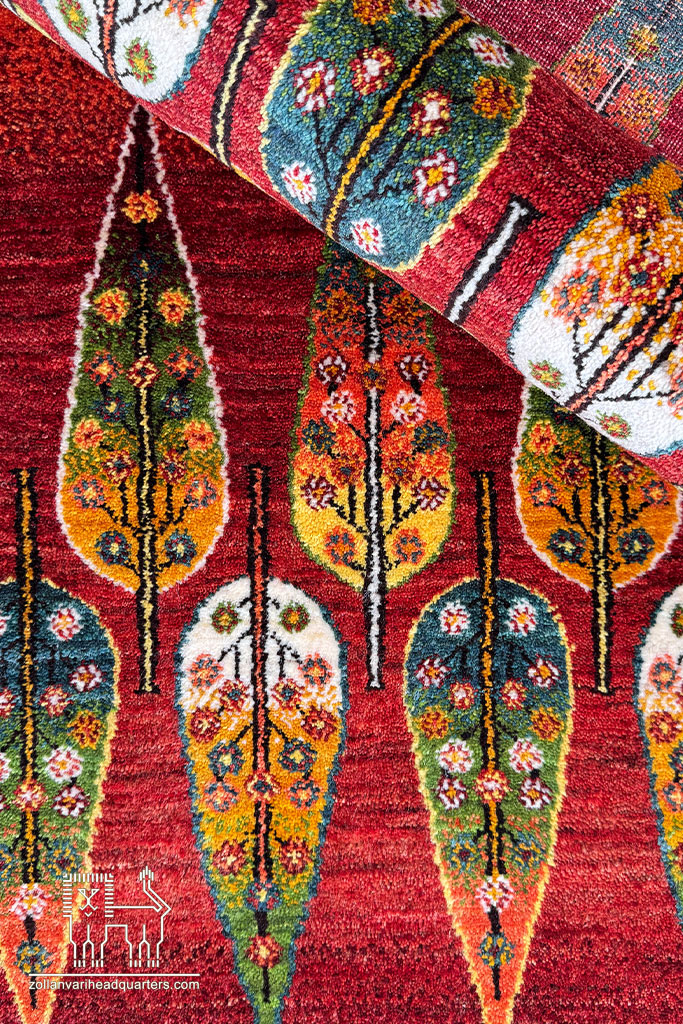Persian Carpets in Modern Homes Around the World
With centuries of heritage and deep roots in Eastern art and culture, Persian carpets have found their way into the most modern homes and interior design projects across the globe. No longer limited to traditional settings, these carpets are now seen in minimalist, industrial, and luxurious contemporary spaces—often as the main decorative feature.
But what makes leading interior designers—from Paris and London to New York, Sydney, and Tokyo—choose Persian carpets as an essential part of their projects? Let’s take a closer look at the reasons behind this growing popularity.
The Stunning Contrast Between Tradition and Modernity
In the world of interior design, “intentional contrast” is key to creating unique and lasting spaces. Blending modern materials with traditional elements not only avoids monotony but also brings identity and character to interiors.
Persian carpets—with their intricate motifs, warm colors, handmade texture, and vibrant weaves—stand in stark contrast to the cool, sleek look of modern decor. And it is precisely this contrast that makes them so visually captivating.
Authenticity, Quality, and Long-lasting Durability
Today, one of the top priorities for designers is choosing products that are durable, sustainable, and possess both artistic and economic value. Persian handwoven carpets—especially those from the Zollanvari brand—perfectly meet these criteria:
- Made from natural wool and plant-based dyes
- Produced using traditional yet updated techniques
- Highly resistant to wear and tear
- Recyclable, repairable, and usable for decades
These features not only contribute to a sense of luxury, but are also highly valued in the context of sustainable design.
Versatility Across Design Styles
Contrary to popular belief, Persian carpets are not limited to traditional decor. With a wide range of patterns, textures, colors, and styles, they can easily complement the following aesthetics:
- Scandinavian Minimalism: Soft-toned rugs (gray, cream, beige) with simple designs
- Modern Bohemian: Colorful Gabbehs with tribal Qashqai motifs
- Japandi Style (Japanese-Scandinavian): Rugs with natural fibers and earth-tone palettes
- Industrial Style: Darker, rougher-textured carpets for concrete and metal environments
Storytelling and Adding Character to Spaces
Every Persian carpet—especially Gabbehs with their spontaneous, nature-inspired or nomadic motifs—has a unique “visual narrative.” This makes them an excellent tool for designers to add character and depth to a space.
Unlike mass-produced items that are repetitive and lack identity, each handmade Persian carpet is one of a kind—like a work of art that brings authenticity and meaning into a room.
A Return to Nature and Handcrafted Art
Contemporary interior design is leaning toward natural elements and handmade products. In line with this trend, carpets made from natural materials (like wool, cotton, and plant dyes) and woven using traditional methods have gained special recognition.
This global shift in mindset has led designers to choose Persian carpets not only for their beauty, but also for their alignment with eco-conscious values.

The Secret to Persian Carpets’ Popularity in Modern Decor: Blending Traditional Art with Contemporary Design
With their rich history and deep artistic value, Persian carpets are now a key element in many modern interior design projects. Thanks to their unique characteristics, these carpets have carved out a place alongside contemporary styles in the design world.
Beyond their visual appeal, high-quality handmade Persian rugs offer exceptional durability, making them a lasting choice for sustainable design. Usually crafted from natural materials like wool and vegetable dyes, they align perfectly with the global trend toward organic and handcrafted products. Moreover, incorporating Persian carpets into interior design reflects a preference for authenticity, resilience, and artistic merit—factors that contribute to creating spaces with strong identity and soul.
Conclusion
With all their variety, authenticity, and beauty, Persian carpets today are not only a cultural legacy but also a powerful tool for shaping soulful spaces—places where people feel present, connected, and inspired.
The Zollanvari brand, drawing on generations of experience in creating Gabbehs and handwoven carpets, has remained true to tradition while embracing a modern, global vision—establishing itself in international interior design projects. If you’re looking for a rug that’s not only beautiful but also tells a story, a handmade Persian carpet—especially from Zollanvari—will be a timeless and intelligent choice.



 Buying Luxury Iranian Handmade Carpets
Buying Luxury Iranian Handmade Carpets